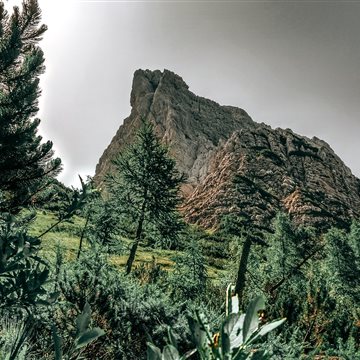




From the centre of Monfalcone a narrow road leads me to the Karst in just a few minutes. The red-clay path climbs slowly through the hills where the tragedy of the Great War unfolded. From on high I see the entire Gulf of Trieste. Trail no.83 takes me to Lake Sablici and its clear spring waters, then trail 81 to Iamiano, a Slovene minority zone.
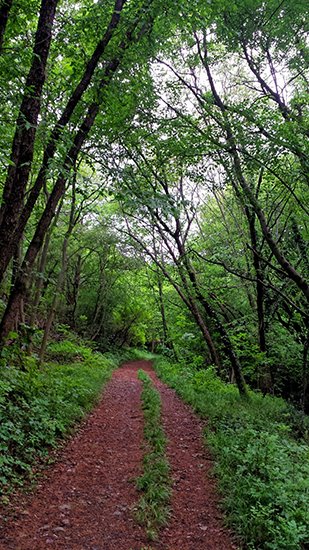
The oak woods, bilingual signage and dry-stone walls give this area a very different look from that of the nearby town. As I look for an osmiza, I take trail 3 past Mt Hermada, passing through Coisce, a ghost village where troops were garrisoned during the war. After descending to Ceroglie and Sistiana, I get onto trail no.1 at last, close to the coast.
Climbing around old trenches and white cliffs, going over ground covered in limestone pebbles or through oak woods, I feel as though I’m playing hide-and- seek with the blue sea. Beyond the old railway to Vienna I go onto Via della Salvia, a panoramic path through the Mediterranean scrub. This trail, which is also fine for cycling, leads me to the village of S. Croce with an old church made entirely of local stone.
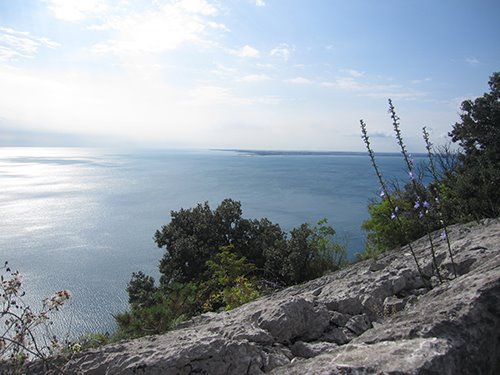
The oak wood shades me again until I get to Contovello, a 15th-century village overlooking the sea. Near an old drinking trough, I descend a flight of old steps cut into the Karst stone. Amid vegetable plots and fruit orchards I go down to the Miramare railway station, which the brother of the Emperor of Austria used to reach his summer residence, Miramare Castle. A few minutes later I reach the imposing white construction. Set between the green park and the blue sea, it’s the worthy destination of this walk.
Find out about the ideas and offers for this experience in Friuli Venezia Giulia


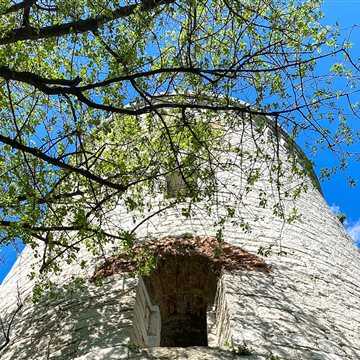

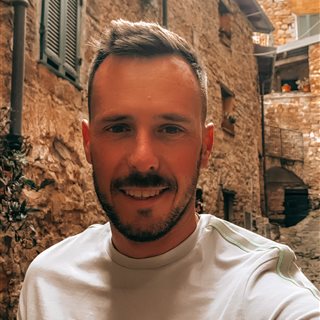 Andrej Bandelj
Andrej Bandelj
